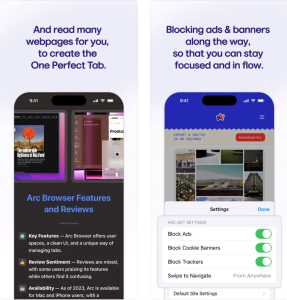
Whether you are thinking of adding your business to social media networks, or have already done so but are stagnating, there are a few things that you might want to consider:
What are you trying to achieve?
There are numerous reasons to join social media: providing faster and better customer service, increasing the visibility of your firm, networking with other professionals,… Maybe you want to join because of external or internal pressure to do so, or because it is ‘the done thing’.
It’s important to have realistic expectations however, while social media is a fantastic tool, it’s not a magic wand to solve your business’s flaws.
You will not reach everyone
And you don’t really want to. Newbies to social media can be easily disappointed when their followers don’t reach astronomical heights, or if they fail to receive the feedback they desire. Trying to reach too wide a demographic leads to a scattergun approach and will muddy your business’s image.
Aim for a niche audience
Niches thrive on the internet. You need to identify which one(s) you want to reach. Research what content they enjoy sharing and reading, and on which corners of the internet they hang out.
Don’t spread yourself too thin
Another common error for companies is to sign up to every social media network under the sun. Instead, your research into your target audience should dictate which channels to concentrate on.
Generally speaking, B2Bs businesses should consider Linkedin, YouTube, and Twitter as their first port of call, though there might find rich opportunities in Facebook and Google + groups, or break new ground on Twitter or Blab. The right network(s) will vary from business to business, so listen to your research.
Consider each channel on an individual basis
Once selected, each channel should be considered separately. Tools such as Canva for Work make it easy to resize and adapt images for each network. Beyond that you should remember that what works on Linkedin won’t work on Pinterest. Each network has its own audience, its own rules, and will be drawn to different materials.
Develop your identity
Social media is a great way to develop your brand’s voice through a variety of ways, as well as remind your clients that you are human(s). Make sure that you are consistent in your output, but don’t be afraid to be creative: create content in different formats, such as webinars or infographics.
Provide your audience with value
If you’re thinking about what your audience can do for you, then you’re looking at social media the wrong way. What can you provide them with that is of benefit to them? What content will they care about?
You need to spend some time developing a content strategy that works for your brand: articles, video tutorials, images,… As well as creating original content, curating content created by others should also be a big part of your strategy.
There are various tools that can help with both of these. Obviously, I recommend Passle, which lets you microblog your responses to articles easily and share them on social media networks.
Be present
However small your business is, someone should be monitoring your social media accounts frequently. Set them up on your phone so that you receive notifications and are able to respond promptly to client queries or messages – doing so will foster positive energy about your company.
Ideally you should hire someone to do this, or make sure that your customer service team are monitoring those channels as frequently as the email/phone lines.
Don’t be disheartened
Whatever the gurus might say, social media is a long game, don’t expect instant results and learn to enjoy it!
This was originally posted on Passle, the content marketing platform.
Digital & Social Articles on Business 2 Community(104)
Report Post




